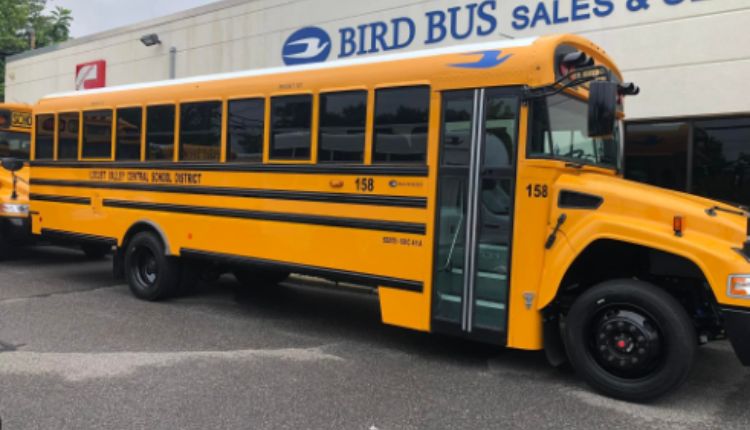Busdoor is a system that allows passengers to board and exit buses without using the handrails. It has several advantages, including increased safety and passenger comfort. The system’s mechanical and electronic components require regular maintenance to ensure optimal performance. This requires skilled technicians and timely troubleshooting. Moreover, the system is prone to malfunctions such as false detection and unexpected stops.
Demand For Buses
In order to reduce traffic congestion and environmental pollution, cities are expanding their public transportation networks. Buses offer a reliable and cost-effective option for passengers to commute to their destinations. As a result, the demand for buses is increasing globally. In addition, as the global economy continues to recover from the effects of COVID-19, car ownership among rich people is expected to decrease. This will increase the demand for buses as they provide more convenient and affordable transport options.
The study investigates how factors such as aisle length, service type, and the presence of front seating influence crowding in bus doors. It also quantifies the relationship between marginal dwell time and door crowding through on-board observations of passenger behavior. The study concludes that a higher load factor is associated with more passengers hanging out the door, which increases marginal dwell times. Based on door type, the market is segmented into sliding plug doors and coach doors. Moreover, the mechanism is divided into electric and pneumatic systems.
Technological Advancements
Due to technological advancements, the bus door system is becoming increasingly automated. This has increased passenger safety and convenience. In addition, it has reduced the risk of passengers getting injured by opening doors at the wrong time. The system uses sensors, motors, and control mechanisms to operate automatically. It also enhances the accessibility of the bus for people with limited mobility and the elderly. The global automatic Busdoor system market is expected to grow significantly. This is mainly due to the increasing demand for bus rapid transit (BRT) and growing efforts by governments worldwide to promote sustainable transportation. The resulting increase in public transport use is fueling the demand for more efficient and safe transportation systems, including buses with automatic doors.
In addition, the growing penetration of electric buses is boosting the demand for bus doors. This is because these vehicles are more environmentally friendly and require less maintenance than conventional buses. Moreover, they have better acceleration and can reduce CO2 emissions.
Safety
Many passengers on public buses are harmed by malfunctioning bus doors. These doors must be well maintained by operators so that they can function correctly and safely. A lot of research and development has gone into developing new door systems that meet strict regulations for safety. For example, a safety interlock system is being developed that requires safe conditions to be met before the door can be opened. This includes the vehicle being in a stationary position, the driver having considered the situation and that it appears safe to open the door and the passenger or monitor having surveyed the situation.
In addition, there should be a warning system with both a visual and audible alarm that notifies the driver of a door opening while the engine ignition or other starting method is on and/or the gear shift is in either neutral or reverse. This will help to prevent runaway buses. The market for this type of door system is expected to grow significantly over the next few years.
Maintenance
Every state-of-the-art bus door operates on a complex system that comprises several mechanical and electronic components. These systems need regular maintenance to ensure safe operation and passenger safety. System malfunctions or breakdowns can be disastrous. Identifying and resolving these problems requires skilled technicians and timely troubleshooting. Condition monitoring (CM) technology has made it possible to check the status of machines on a continuous basis. This can help in predicting future machine failures, and prevent them from occurring in the first place. In the case of a bus door that opened onto the sidewalk, mechanics had noted problems with it as early as 2011. Despite these warning signs, no repairs were performed before a woman was killed by an opening bus door. This incident underscores the importance of ensuring that all systems on buses are functioning properly.
Conclusion
As a result of advances in sensor and automation technologies, the demand for automatic doors has been increasing. However, these systems have a number of mechanical and electronic components that need regular maintenance to ensure reliability and passenger safety.
